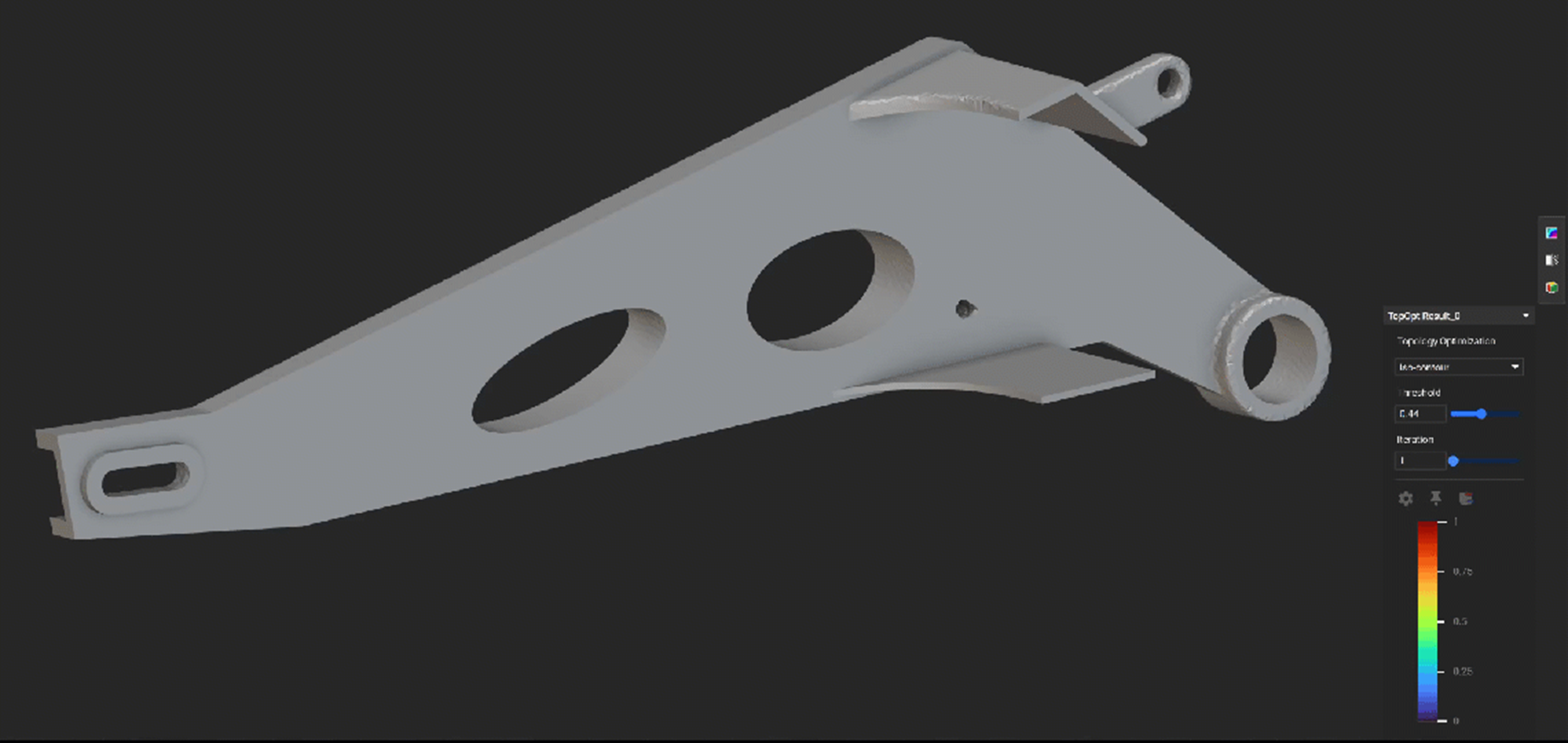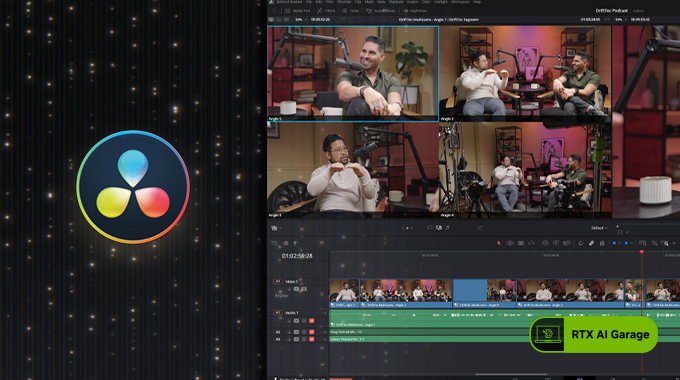
As a teenager, Bradley Rothenberg was obsessed with CAD: computer-aided design software.
Before he turned 30, Rothenberg channeled that interest into building a startup, nTop, which today offers product developers — across vastly different industries — fast, highly iterative tools that help them model and create innovative, often deeply unorthodox designs.
One of Rothenberg’s key insights has been how closely iteration at scale and innovation correlate — especially in the design space.
He also realized that by creating engineering software for GPUs, rather than CPUs — which powered (and still power) virtually every CAD tool — nTop could tap into parallel processing algorithms and AI to offer designers fast, virtually unlimited iteration for any design project. The result: almost limitless opportunities for innovation.
Product designers of all stripes took note.
A decade after its founding, nTop — a member of the NVIDIA Inception program for cutting-edge startups — now employs more than 100 people, primarily in New York City, where it’s headquartered, as well as in Germany, France and the U.K. — with plans to grow another 10% by year’s end.
Its computation design tools autonomously iterate alongside designers, spitballing different virtual shapes and potential materials to arrive at products, or parts of a product, that are highly performant. It’s design trial and error at scale.
“As a designer, you frequently have all these competing goals and questions: If I make this change, will my design be too heavy? Will it be too thick?” Rothenberg said. “When making a change to the design, you want to see how that impacts performance, and nTop helps evaluate those performance changes in real time.”

U.K.-based supermarket chain Ocado, which builds and deploys autonomous robots, is one of nTop’s biggest customers.
Ocado differentiates itself from other large European grocery chains through its deep integration of autonomous robots and grocery picking. Its office-chair-sized robots speed around massive warehouses — approaching the size of eight American football fields — at around 20 mph, passing within a millimeter of one another as they pick and sort groceries in hive-like structures.
In early designs, Ocado’s robots often broke down or even caught fire. Their weight also meant Ocado had to build more robust — and more expensive — warehouses.
Using nTop’s software, Ocado’s robotics team quickly redesigned 16 critical parts in its robots, cutting the robot’s overall weight by two-thirds. Critically, the redesign took around a week. Earlier redesigns that didn’t use nTop’s tools took about four months.

“Ocado created a more robust version of its robot that was an order of magnitude cheaper and faster,” Rothenberg said. “Its designers went through these rapid design cycles where they could press a button and the entire robot’s structure would be redesigned overnight using nTop, prepping it for testing the next day.”
The Ocado use case is typical of how designers use nTop’s tools.
nTop software runs hundreds of simulations analyzing how different conditions might impact a design’s performance. Insights from those simulations are then fed back into the design algorithm, and the entire process restarts. Designers can easily tweak their designs based on the results, until the iterations land on an optimal result.
nTop has begun integrating AI models into its simulation workloads, along with an nTop customer’s bespoke design data into its iteration process. nTop uses the NVIDIA Modulus framework, NVIDIA Omniverse platform and NVIDIA CUDA-X libraries to train and infer its accelerated computing workloads and AI models.
“We have neural networks that can be trained on the geometry and physics of a company’s data,” Rothenberg said. “If a company has a specific way of engineering the structure of a car, it can construct that car in nTop, train up an AI in nTop and very quickly iterate through different versions of the car’s structure or any future car designs by accessing all the data the model is already trained on.”
nTop’s tools have wide applicability across industries.
A Formula 1 design team used nTop to virtually model countless versions of heat sinks before choosing an unorthodox but highly performant sink for its car.
Traditionally, heat sinks are made of small, uniform pieces of metal aligned side by side to maximize metal-air interaction and, therefore, heat exchange and cooling.

The engineers iterated with nTop on an undulating multilevel sink that maximized air-metal interaction even as it optimized aerodynamics, which is crucial for racing.
The new heat sink achieved 3x the surface area for heat transfer than earlier models, while cutting weight by 25%, delivering superior cooling performance and enhanced efficiency.
Going forward, nTop anticipates its implicit modeling tools will drive greater adoption from product designers who want to work with an iterative “partner” trained on their company’s proprietary data.
“We work with many different partners who develop designs, run a bunch of simulations using models and then optimize for the best results,” said Rothenberg. “The advances they’re making really speak for themselves.”
Learn more about nTop’s product design workflow and work with partners.
Blog Article: Here





